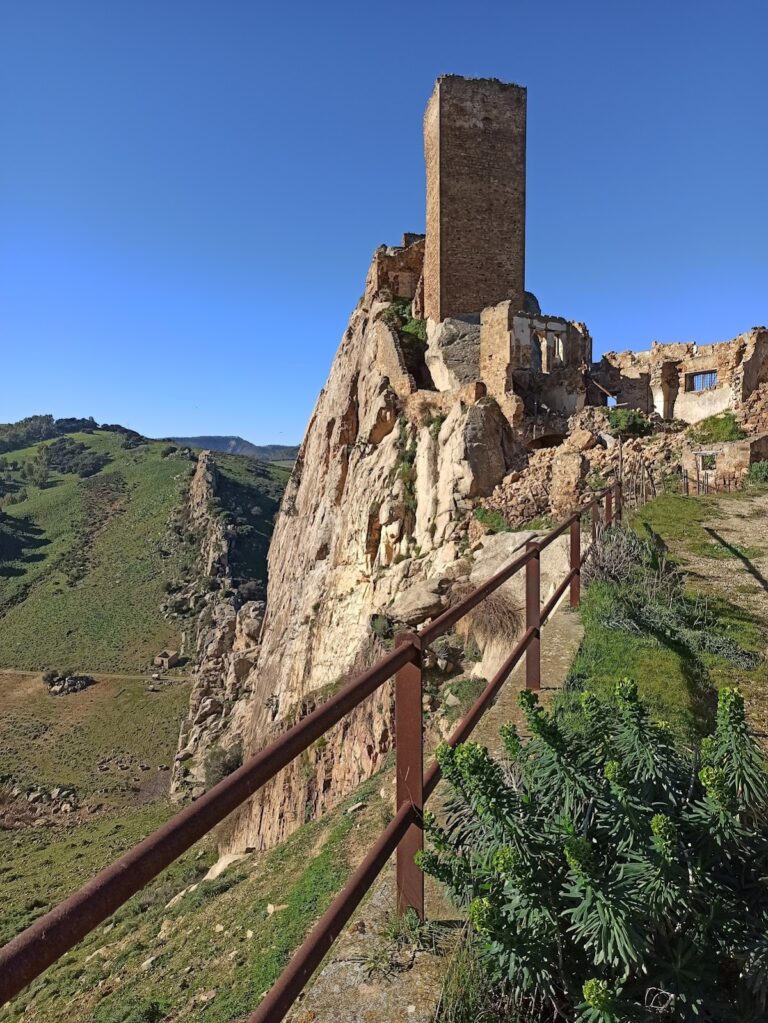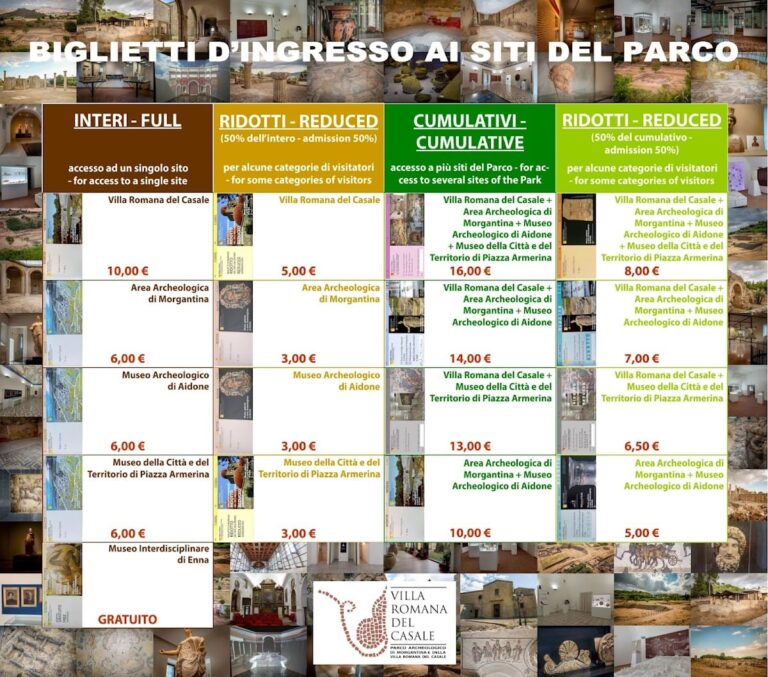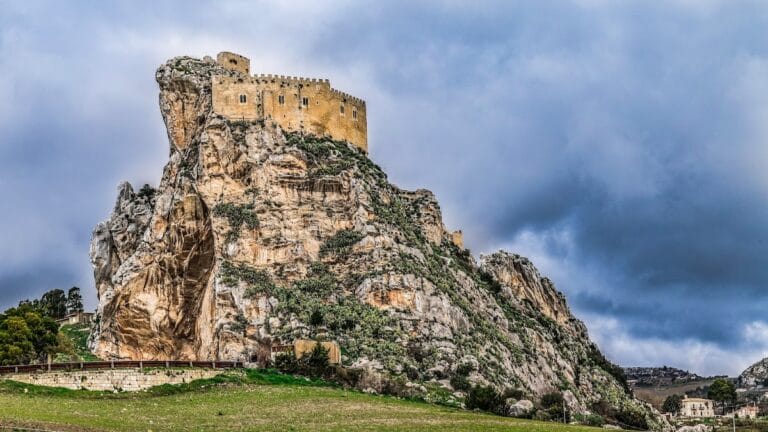Castello di Lombardia: A Historic Fortress in Enna, Sicily
Visitor Information
Google Rating: 4.3
Popularity: Medium
Google Maps: View on Google Maps
Country: Italy
Civilization: Medieval European
Remains: Military
History
The Castello di Lombardia stands on a mountain about 970 meters above sea level in Enna, Sicily. It began as a fortress built by the Sicani people over two thousand years ago. This stronghold was established to defend against the Siculi, another ancient Sicilian group, and it formed the basis for the city of Henna. A Sican king once lived within its walls, marking the castle as a center of local power.
Later, the fortress became important among the Greek city-states of Sicily. It resisted Roman attacks, forcing the Romans to enter through the castle’s sewer system to capture it. Near the castle’s base was the ancient Sican temple dedicated to Ceres, the goddess of agriculture. Cicero mentioned this temple, which symbolized the dominance of military authority over religious practices in the area.
In 1130, the Norman ruler Roger II built a medieval castle on the site of the ancient fortress. The castle’s name, Castello di Lombardia, comes from the Lombard soldiers who guarded it during Norman rule. In the 13th century, the Hohenstaufen emperor Frederick II commissioned architect Riccardo da Lentini to renovate the castle. Riccardo added twenty towers and strengthened the walls. Frederick II used the castle as a summer residence.
During the Hohenstaufen period, the castle reached its peak strategic importance. It hosted the Parliament of the Kingdom of Sicily twice and was considered one of Italy’s most secure fortresses. However, with the rise of artillery and the Bourbon dynasty, the castle’s military role declined. It was converted into a prison known for its difficulty to escape.
In 1923, the castle’s old dungeons were transformed into water reservoirs. These vaulted chambers beneath the second courtyard supplied potable water to Enna’s historic center by gravity. In 2002, archaeological excavations uncovered important artifacts, shedding light on the castle’s long history. For nearly fifty years, the castle also housed the city’s opera theater, called the “Teatro più vicino alle Stelle,” attracting many famous performers.
Remains
The Castello di Lombardia covers about 26,000 square meters, making it one of Italy’s largest medieval castles. It sits on Enna’s highest point, offering a commanding view. The castle’s structure reflects layers of construction from the Sicani, Normans, and Hohenstaufen renovations. Originally, twenty towers were built, but only six remain today.
The castle’s walls are thick and fortified with battlements. The most prominent surviving tower is the Pisan Tower. It is the tallest and best preserved, featuring restored Guelph merlon crenellations—these are the tooth-shaped battlements typical of medieval fortifications. Visitors can enter the Pisan Tower through a modern doorway and climb a stone staircase to reach panoramic windows and a large terrace. From here, one can see the Madonie and Nebrodi mountains, Mount Etna, the Ionian Sea, nearby hills, Lake Pergusa, and the Strait of Sicily.
The castle includes several courtyards with distinct functions. The northern Maddalena courtyard, also called the Vettovaglie courtyard, served as a military stronghold. It contains the main entrance, Porta della Catena, an information center, and an English-style garden with century-old pine trees. The Armati courtyard, used as the entrance during theatrical performances, revealed archaeological remains such as the base of the Torre della Zecca.
The innermost San Nicola courtyard was the last defensive refuge. It holds remains of royal apartments once occupied by the ancient Sican king and Frederick II. This courtyard also contains the bishop’s chapel of San Martino di Tours, a basilica with visible perimeter walls, several towers including the Pisan Tower, a rock-cut oratory, and other vestiges of former authority.
Beneath the second courtyard’s lawn, the castle’s dungeons were converted into four vaulted water tanks in 1923. These chambers, carved into the rock, are accessible through a small door in the southern wall. They continue to supply water to the city by gravity. The castle’s external walls and the Pisan Tower are highlighted by an artistic lighting system, making the fortress visible from many kilometers away in all directions.










